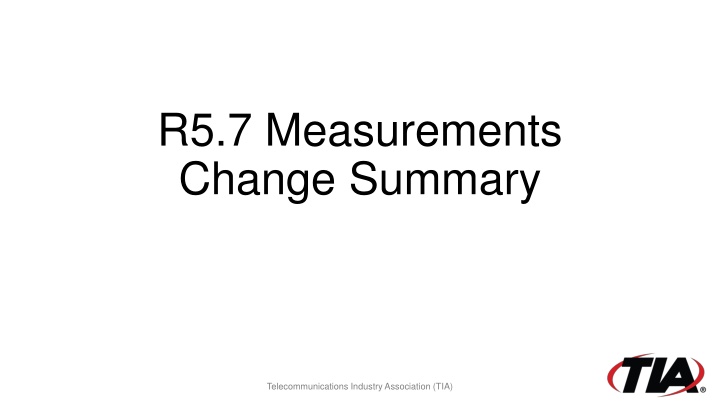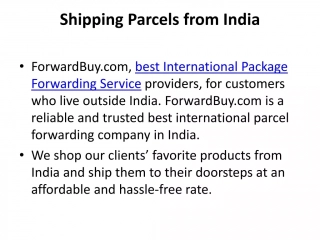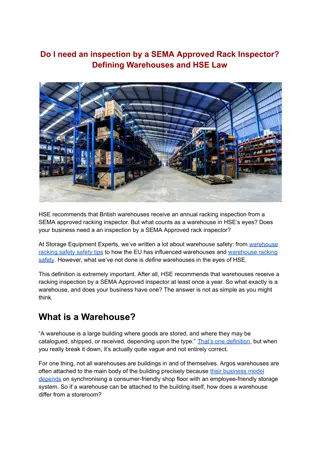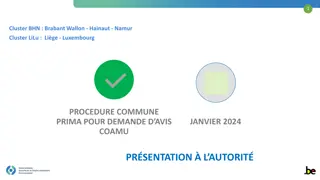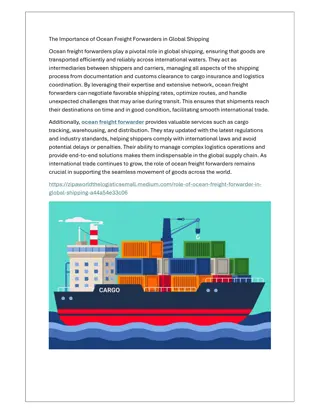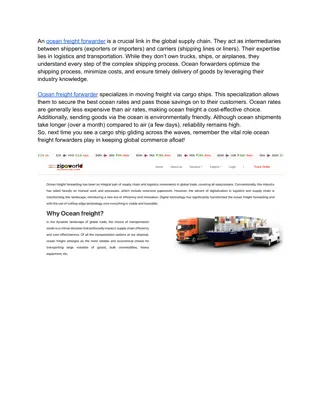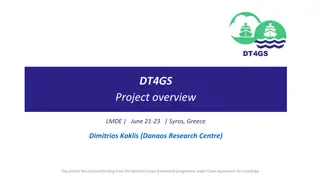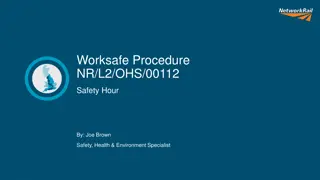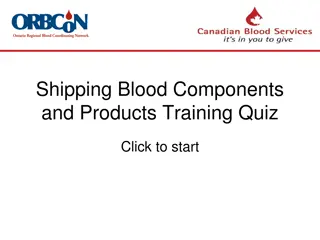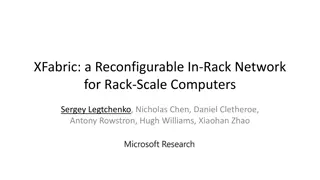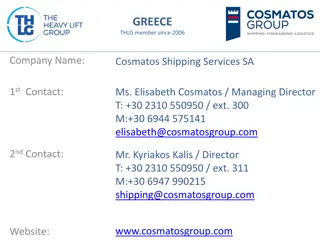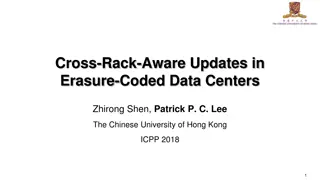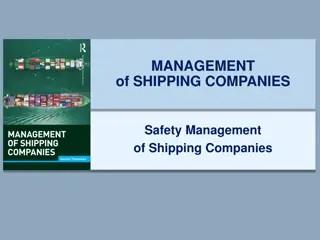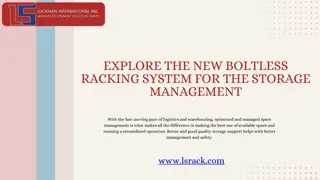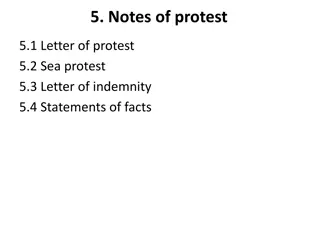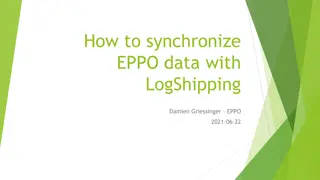Shipping Rack Repair Procedure Instructions
Follow these detailed repair tag instructions provided by DTNA Packaging Group for repairing racks in Portland. Learn how to distribute, fill out, and attach repair tags, as well as replenish tag stock when needed. For material suppliers, instructions are given on handling damaged racks, contacting packaging engineers for repair instructions, coordinating immediate repairs for critical shortages, and contacting the appropriate DTNA/Universal Logistics personnel.
Download Presentation

Please find below an Image/Link to download the presentation.
The content on the website is provided AS IS for your information and personal use only. It may not be sold, licensed, or shared on other websites without obtaining consent from the author.If you encounter any issues during the download, it is possible that the publisher has removed the file from their server.
You are allowed to download the files provided on this website for personal or commercial use, subject to the condition that they are used lawfully. All files are the property of their respective owners.
The content on the website is provided AS IS for your information and personal use only. It may not be sold, licensed, or shared on other websites without obtaining consent from the author.
E N D
Presentation Transcript
R5.7 Measurements Change Summary Telecommunications Industry Association (TIA)
Content for R5.7 MHB Point Release Added clarification in 3.5.2 k) concerning resubmission of erroneous pre-certification data Clarified the treatment of individual FRU types in 4.2.5 Product Exclusions Corrected the wording in Section 7.1 FR to match the change made in the R5.6 Point Release to exclude products in their retirement phase from data reporting Replaced Section 8.2 SPR with new Section 8.2 eSPR Product and Service Category Tables update www.tiaonline.org | @tiaonline
MHB / PCT 5.7 Release Milestones eSPR addition and SPR removal - Approved Final Delivery of Any Additional Content Develop MHB 5.7 Point Release (PR) & 5.7 PCT Draft Issue Draft to IGQ ahead of February Meeting Approval for TIA-BPC Review of PR & PCT Submit PR & PCT for TIA QuEST Forum Comment Review TIA QuEST Forum PR & PCT Comment Review Ends TIA QuEST Forum Comments Resolved Create Scrub Sub-Team Vote by IGQ to Initiate the Vote for TIA QuEST Forum Implement Any Corrections for PR & PCT Vote by TIA-BPC to Approve PR & PCT for Release Ends Submit PR & PCT for Publishing Publish the PR & PCT Issue the PR & PCT Alert Effective Date of PR & PCT Mandatory Adoption of PR & PCT 8/21/2019 12/31/2019 1/16/2020 2/04/2020 2/11/2020 2/20/2020 3/06/2020 3/18/2020 3/31/2020 4/15/2020 4/22/2020 4/29/2020 4/29/2020 5/01/2020 5/04/2020 6/20/2020 Dec 2020 Data
Revision Process Telecommunications Industry Association (TIA)
Handbook Production Process BPCP-031 Member Companies & TL 9000 Users Solicited Web Training Questions SMEs Standing sub-teams Initiatives/Streams Not all may be used for a point release www.tiaonline.org | @tiaonline
Why are sub-teams important? Sub-teams are where new ideas are developed 6
Contributing Sub-teams Software Product Introduction MHB R5.7 Product & Service Categories 7
Why Join a Sub-team? Sub-teams: Are where ideas are turned into reality Are key to enhancing TL 9000 and the Forum Meet virtually and don t require travel Great opportunities for sharing, learning, and networking Provide leadership opportunities Support professional growth Support requirements for individual TL certification Provide recognition Thank-you to the many who participated in IGQ and Oversight Workgroups and sub-teams to make TL 9000 Measurements Point Release 5.6 possible! 8
Changes Telecommunications Industry Association (TIA)
Section 3.5.2 k) Added This requirement also applies to the required three months of data submitted prior to certification. The reason for this change is to make it clear this requirement to re- submit erroneous data applies to the data submitted prior to certification. This is needed to verify checks built into the MRS do not find any issues with the corrected data. www.tiaonline.org | @tiaonline
Section 4.2.5 Product Exclusions The last sentence was reworded to read - This exclusion does not apply to individual Field Replaceable Units which are part of a product in general availability that have been made obsolete by a later version unless those units are completely recalled from the field. This added wording clarifies how this part of the requirement applies after the change to this section made in the R5.6 Point Release excluded to reporting of data for products in their retirement phase. www.tiaonline.org | @tiaonline
Section 7 Hardware Measurements This wording in five places throughout this section has been revised to correctly reflect the change in the R5.6 Point Release to eliminate the reporting of data during a product s retirement phase. This eliminates the confusion raised by references to life cycle instead of general availability phase. www.tiaonline.org | @tiaonline
Section 8.2 Replaces the existing Software Problem Report Measurement (SPR) with a new Early Software Problem Report Measurement (eSPR). The new measure is similar to the old with the following changes: Only software problem reports within the first 12 months after the introduction of a major release are counted The normalization unit is the number of customers reporting problems with the release The reasons for this change are; SPR is a straight subset of the NPR measure and does not provide much additional insight over and above NPR There is a strong need for a measure of early software quality www.tiaonline.org | @tiaonline
Section 8.2 eSPR Description The early Software Problem Report (eSPR) measurement tracks the software problems that are found and reported by customers during early deployment, just after General Availability. This measurement is used to evaluate the number of customer originated software problem reports that are indicative of the software quality of the product delivered during the early part of its operating life cycle. www.tiaonline.org | @tiaonline
Section 8.2 eSPR Rules The counting rules in 5.1.4 b) apply in counting software problem reports for the eSPR measurement for all product categories, with the following clarifications: 1) Only software problem reports that are reported during the eSPR-Period shall be counted. 2) For the purposes of eSPR reporting, a software problem reported in a software release or a subsequent software update for that release, shall be attributable to the software release. 3) In cases where the software release or software update cannot be determined, the software problem report shall be attributed to the most recent software release. 4) Problem reports where the reported problem is suspected to be software related but cannot be reproduced during subsequent investigations shall be counted. 5) Duplicate software problem reports from the same customer for the same release or a subsequent software update shall be counted as a single problem report in the first month in which the problem is reported. 6) For the eSPR denominator, customers are only counted if they have reported at least 1 problem report for the release (within the eSPR-Period). www.tiaonline.org | @tiaonline
Section 8.2 eSPR Exclusions The counting rule exclusions in 5.1.4 c) apply in counting software problem reports for the eSPR measurement for all product categories, with the following clarifications: 1) A problem report that is determined to be a hardware problem shall not be counted even if the design solution or workaround is implemented in software. 2) Problem reports due to faults in input data are excluded. 3) Software problem reports against a software release or associated software update that fall outside of the eSPR-Period for that software release are excluded. 4) If the organization cannot confirm the exact software release or software update to which the problem report is reported, but the organization knows that the defect in question has already been fixed in all software releases or software updates that were released in the previous 12 months, then the problem report in question is excluded. 5) A problem report reported after a software release is withdrawn or no longer supported is excluded. www.tiaonline.org | @tiaonline
Section 8.2 eSPR Data Identifier Definition afactor eSPs Number of calculation periods in a year Total number of customers that have reported at least one problem since the start of the software release s eSPR-Period for each distinct software release(s) or associated software updates. Total number of critical software problems reported for the month for software releases within their eSPR-Periods Total number of major software problems reported for the month for software releases within their eSPR-Periods Total number of minor software problems reported for the month for software releases within their eSPR-Periods eSp1 eSp2 eSp3 www.tiaonline.org | @tiaonline
Section 8.2 eSPR Formulas Identifier Title Formula eSPR1 Critical early software problem reports per customer-release eSp1 x Afactor / eSPs eSPR2 eSp2 x Afactor / eSPs Major software problem reports per customer-release eSPR3 eSp3 x Afactor / eSPs Minor software problem reports per customer-release www.tiaonline.org | @tiaonline
Product and Service Category Tables A new edition of the Product and Service Category Tables is being published in conjunction with the R5.7 Point Release. These changes included: Incorporating the change from SPR to eSPR within the tables Adding a new rule to the product category selection advice preceding Table A-1 Organizations choosing a category in Families 1 through 6 or Family 8 cannot exclude Clause 8.3 in the Requirements Handbook in its entirety. Organizations without responsibility for design and development should look to the service categories in Family 7 for the appropriate category. Combining the four DSL categories into a single category Changing the manufacturing categories under 7.7 to include internal services Splitting 8.5.1 Optical Fiber (now Optical Fiber Material) into 8.5.1.1 Optical Fiber and 8.5.1.2 Optical Glass Changing one of the partial outage definitions in Table A-3 for seven categories See the separate change history document for the Tables for full details www.tiaonline.org | @tiaonline
Point Release Certification Rules Telecommunications Industry Association (TIA)
Point Release Certification Rules Measurements Handbook Primary concerns are to minimize impact on monthly PDR data and derive benefit from changes/additions as soon as feasible Set as short as practical Likely longer interval when adding a new measurement Shorter interval where a change is made to a measurement if the previous data cannot be easily converted Must have a specific effectivity noting when first month data submissions are allowed and month when submissions are required All point releases must be complied with at the compliance interval date The interval should not be more than 6 months www.tiaonline.org | @tiaonline
Point Release Certification Rules Requirements Handbook No Modifications New certifications Must use most current major release Voluntarily may certify to most current point releases Existing certifications Point releases are not required for implementation until the next major release Organizations may be certified against a point release voluntarily Point releases may be required by customers at any time after release www.tiaonline.org | @tiaonline
Point Release Certification Rules Requirements Handbook Modified requirements New certifications Must use most current release Existing certifications Must upgrade to the new Point release within the proscribed time frame www.tiaonline.org | @tiaonline
Point Release Publication and Pricing Telecommunications Industry Association (TIA)
Point Release Publication Changed/new sections available as free download from tl9000.org (same as Product and Service Category Tables) Incorporated in electronic versions for new sales Previous release will remain available as long as certification to that release is still valid www.tiaonline.org | @tiaonline
